Trees are a large, important and valuable component of your landscape, and a big part of your enjoyment of your yard, especially in the summer. However, it’s not uncommon for trees to start showing signs of stress in the summer—not just from the weather but also because pest populations have built up from the spring and started wreaking havoc.
Pest problems are difficult to identify and often have been present for years prior to being diagnosed. That means quite a bit of damage can be done before the issue is recognized and a solution implemented.
6 Common Insects That Damage Trees
While there are quite a few landscape insects that could be crashing the party in your yard, some are more common in our region than others. Are you finding yourself asking, “What is eating my tree leaves?” If so, here’s a look at 6 potential tree pests that just might be the culprits.
1) Japanese Beetles
While it is a relatively small pest, the Japanese Beetle can be incredibly destructive. These pesky bugs are certainly not the wallflowers of the party and are rarely found on their own. Instead, they invite their friends to join in the feast by emitting pheromones that attract others of their kind.
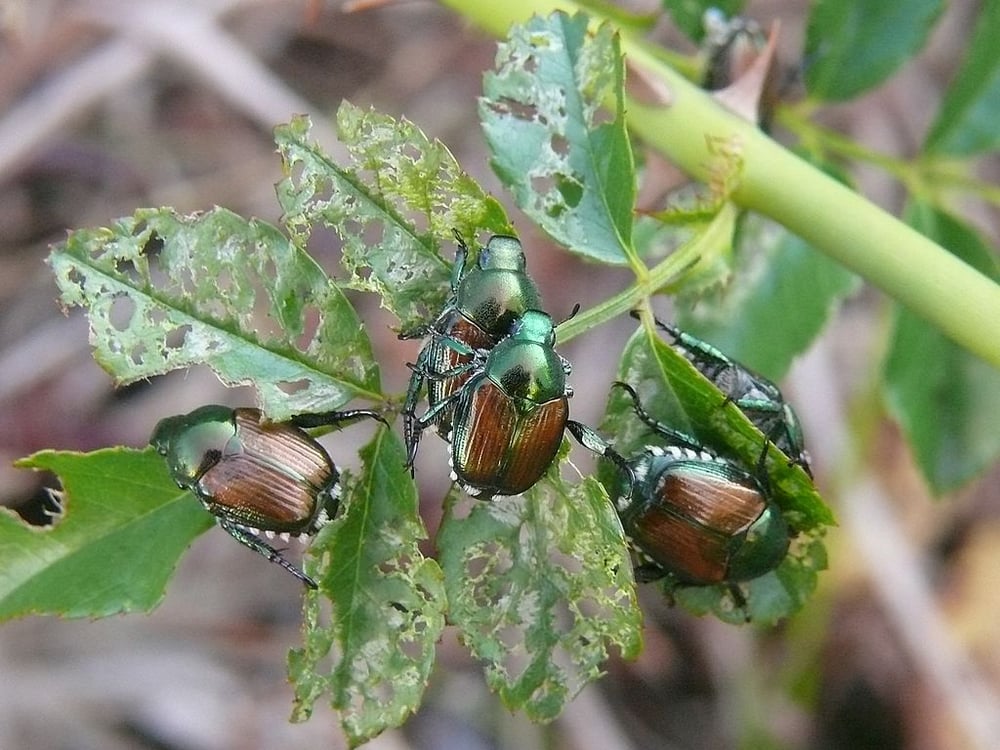
As a matter of fact, Japanese Beetles are troublesome party crashers during the entire span of their life cycle. They start their lives in late summer, in the form of grubs that munch on your lawn, and ultimately become Japanese Beetles that feed on your trees and shrubs in the summer months.
2) Bagworms
True to its name, the bagworm is best recognized by the casing or “bag” that this pest forms from a combination of silk and pieces of the host tree’s foliage.
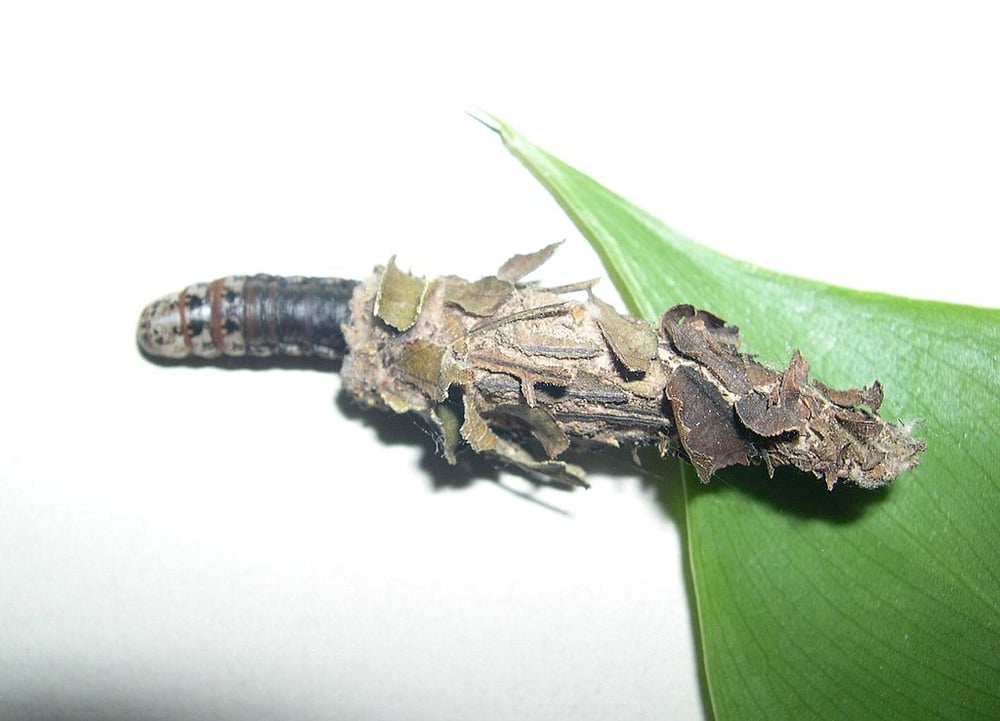
This uninvited party guest will set up its sleeping quarters by suspending itself in the cone-like bag and hang from your tree. Bagworm larvae injure plants rapidly by feeding on its needles and leaves.
3) Lace Bugs
At ⅛ inch long, the Lace Bug is small. But don’t let its diminutive size and pretty name fool you. This landscape plant insect literally sucks the life out of your tree.
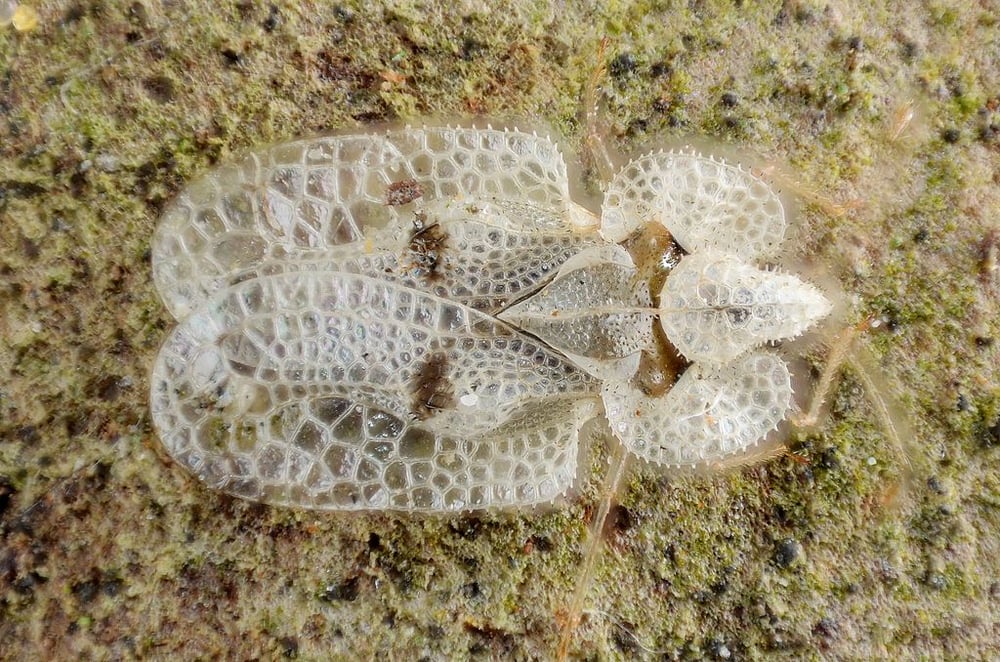
Using their piercing mouthpieces, Lace Bugs draw all of the nutrients from your tree or shrub’s leaves until the plant is eventually destroyed. The Lace Bug has clear wings with dark patches that resemble a lace pattern. Its eggs appear as black or brown dots on the underside of your tree’s leaves.
4) Aphids
Under a quarter-inch in size, aphids have pear-shaped bodies with long antennae and include a variety of species which range in color from white, black or brown to gray and green.
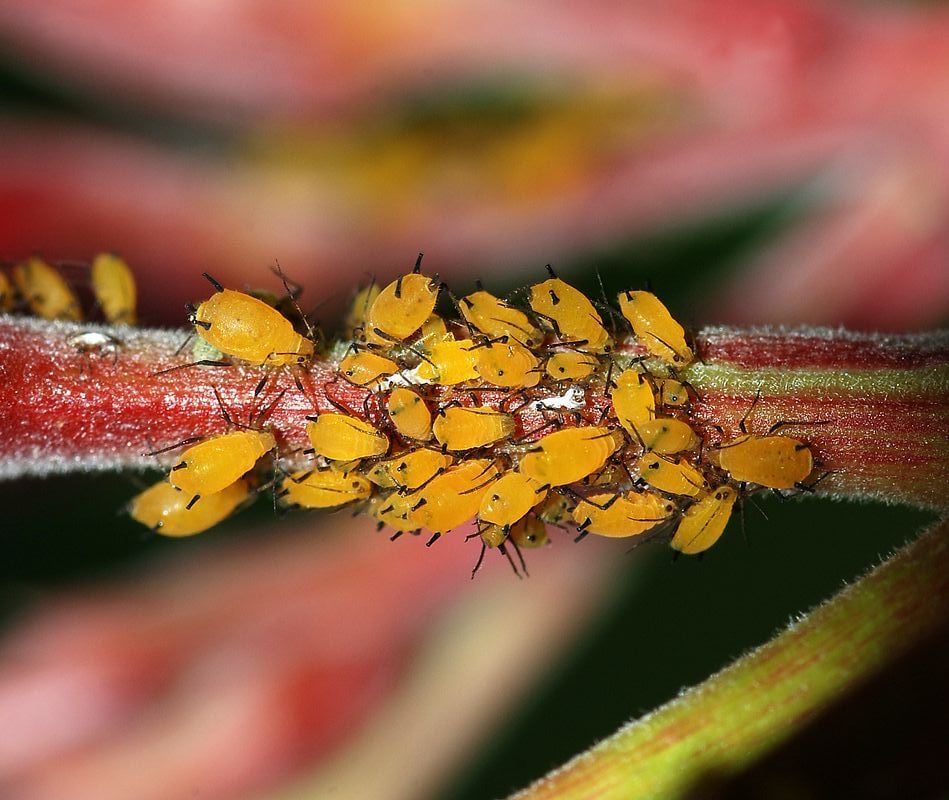
They tend to feed in groups and prefer new growth. Aphid damage can cause yellowing leaves, and you may also notice foliage or stems covered in a sticky substance—a sign that these unwelcome party guests have been chugging your tree’s sap.
5) Scale Insects
Another of the sap-feeding landscape plant insects group, scale insects use their piercing-sucking mouthparts to drain fluids from your plants. The result of scale insects in the landscape can be seen in yellowing or wilting leaves.
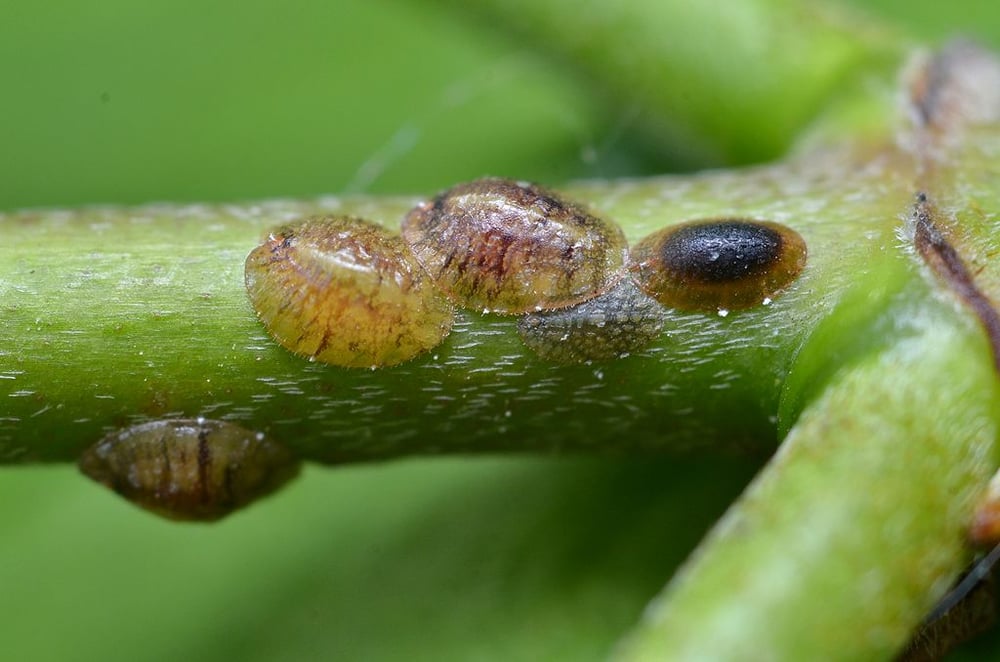
As scale insects feed, they also excrete a sticky sweet substance called honeydew, which can make the plant first appear shiny and wet, then leading to black sooty mold growing on the sticky substance. The honeydew has the added effect of inviting even more unwelcome party guests (such as flies, ants, and bees) to join the festivities.
6) Spider Mites
Though not actually classified as landscape insects (they are instead a type of arachnid), spider mites are a pest that can cause a lot of damage by sucking the cell content from leaves. Spider mites are the smallest of the party-goers at less than 1/20-inch long and barely visible to the naked eye.
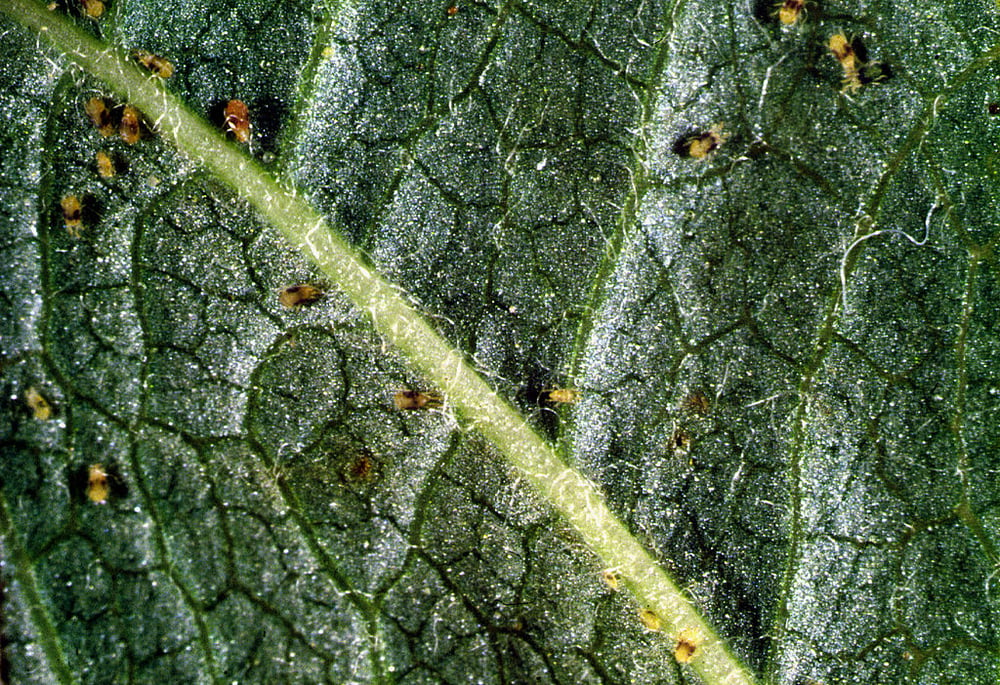
Because these mites are so tiny, they are difficult to detect. You may start to notice stippled or yellowed leaves before you ever spot the actual mites. Mites can also leave very small webbing within needles or foliage stems.
What is Eating My Tree Leaves?
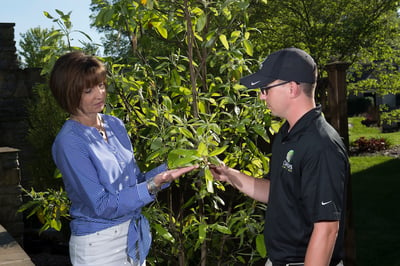 It can be difficult to figure out exactly what is causing damage to your tree. It can be insects, disease or something else altogether. Oftentimes, there are multiple issues, each contributing in its own way to the problems in the landscape.
It can be difficult to figure out exactly what is causing damage to your tree. It can be insects, disease or something else altogether. Oftentimes, there are multiple issues, each contributing in its own way to the problems in the landscape.
Whether it’s landscape insects, or something else, it’s important to get a professional on your property in order to get a proper diagnosis. Many tree problems can be remedied with tree and shrub health care, especially if detected early. Even better, having a comprehensive tree and shrub health care program can sometimes prevent issues in the first place.
At Oasis Turf & Tree, we take a proactive approach to tree and shrub care. We are focused on preventing problems or catching them early when they do occur. And by having a professional on your property on an ongoing basis, you’ll be able to avoid these pesky party crashers from totally spoiling your summer!
If you would like to find out more about our tree and shrub health care program, call 513-697-9090 or contact us for a free estimate.
Image Sources: japanese beetle, bagworm, lace bug, aphids, scale insects, spider mites
